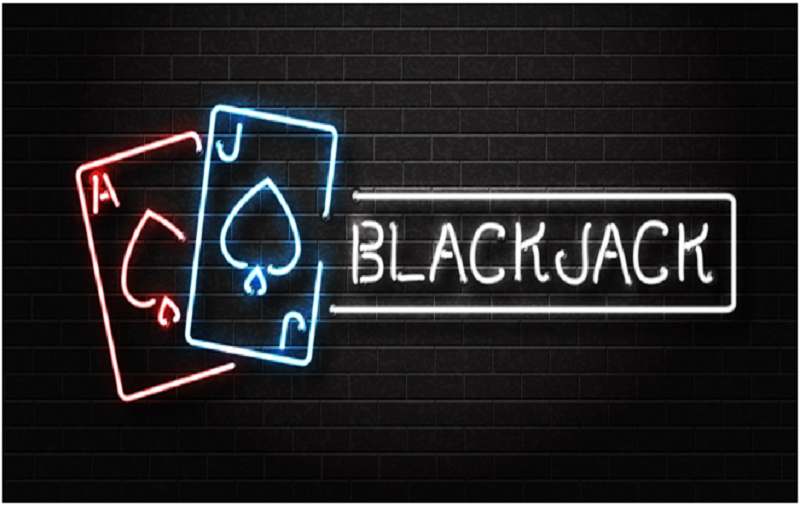Casinos and casino gaming have a rich and intriguing past. It’s fair to say we’ve come a long way from the centuries-old origins of many of the popular games, to the modern day, accessible and convenient online casinos – for seasoned gamers and beginners, alike.
One of the most popular games, Blackjack, is also amongst one of the oldest. And if you’re more familiar with playing Blackjack at Paddy Power Games, you may not even realise how much it has evolved or when it was invented. So read on, as we guide you through the history of the famous game.
A game of mixed origins
Unlike many of the other popular casino games, such as Roulette and Slots, there is no clear consensus of when and where Blackjack was founded. It is believed to be an amalgamation of different games, from varying countries.
Some say that the Romans played their own variation of Blackjack – but using wooden blocks with different numbers, as opposed to the playing cards we are more familiar with today. Other theories suggest that it was influenced by many games being played across Europe at the time – the Spanish Trente-un, the Italian Sette e Mezzo or the French Vingt-et-un, which coincidently translates to ‘twenty-one’.
It has become accepted that the latter is the most common original game. It is believed that Vingt-et-un became popular in the casinos of France in the 1700s, and it wasn’t long before its popularity travelled further afield.
Across the Atlantic and unusual rules
Blackjack then made its way to North America, where it was introduced by French colonists who were settling in states such as Louisiana. There were many differences between this variation of the game, and the one we are familiar with today. For example, in some versions, the dealer’s second card was revealed to the players, and the dealer was the only player able to double down.
Coincidentally, there’s also a story in Blackjack folklore about Eleanor Dumont. Born in France and an American immigrant, she was a dealer and opened up a gambling hall in Nevada City. The establishment was named Vingt-et-un. It was during this time that the game was known as 21, rather than Blackjack.
The 20th century and the era of casino
Despite still being referred to as 21 in Nevada, the game was known as Blackjack elsewhere, and it was through the rise of the casino that it gained such popularity. But gambling halls and casinos needed a way to promote the game – and they did so by offering bonus pay-outs. One rule claimed that if a player had a ‘Blackjack’ (a Jack of Clubs or Spades with an Ace of Spades), they would be rewarded with a pay-out of 10:1. Of course, these days, a natural (or points’ total of 21) gives the player a return of 3:2, so not as lucrative. But the name Blackjack stuck.
It was also around this time that card counting became a strategy employed by players to keep track of cards and ensure they always had the edge of the casino. Various books were written, including Playing Blackjack to Win in 1957, and Beat the Dealer in 1962. The latter was authored by Edward O Thorp, a mathematician. His system was based upon single deck Blackjack, and while the majority of the games today are played six-to-eight decks, he updated his strategy and released a second edition of the book a few years later, following a newer system of card counting, developed by computer scientist Harvey Dubner.
Online Blackjack
We must end our adventure through time with the present day – and the rise of online casinos, ensuring that Blackjack remains as popular as it ever has. Playing online Blackjack opens up a number of possibilities in terms of variations, with different rules and features, or bonuses. With live casino also available, players are able to mimic that brick-and-mortar experience online, at any time of day and from anywhere. With games streamed in real time and in high-definition, players are able to immerse themselves in the action, while talking to their dealer and fellow players.




































 Online casino
Online casino
